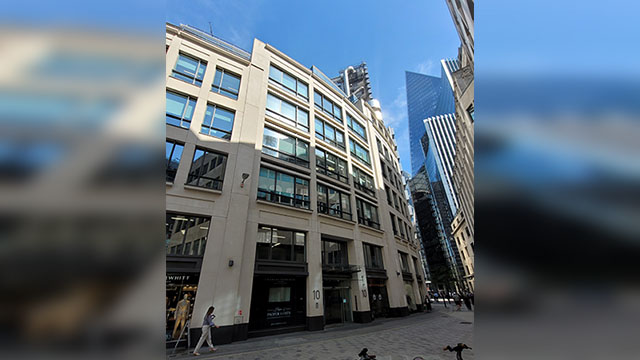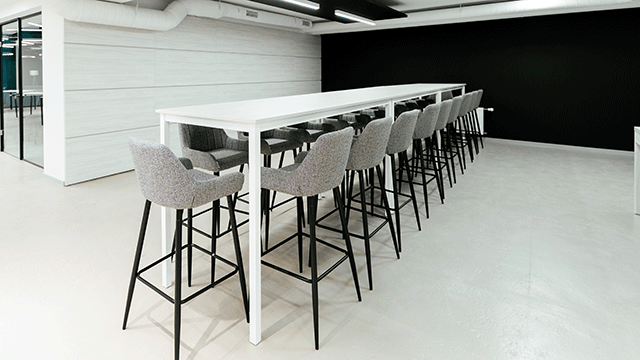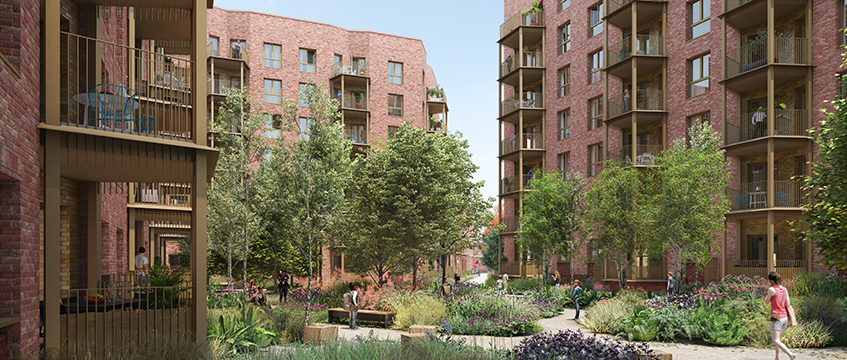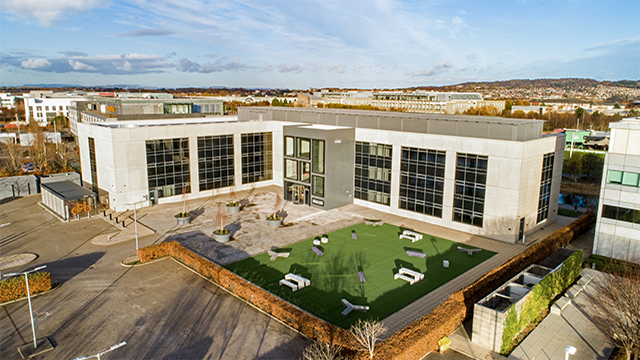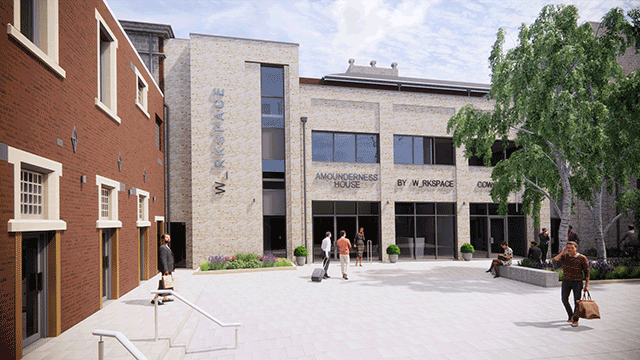Commentary around the short-to-medium term future of the real estate sector does not make for comfortable reading. Headlines describing the desperate state of the retail market, casting doubt on the future of office space and speculating on the future of the hospitality industry are bleak. There is one clear exception – the build to rent sector. Having enjoyed gradual but sustained growth for a number of years, with a real acceleration in demand through 2019 and early 2020, BTR is proving to be an asset class in a class of its own. In a market challenged on almost all sides, could BTR be a much-needed glimmer of hope?
A key player in urban regeneration
The sector hit hardest is retail. The pre-crisis decline has accelerated, deepening the associated malaise in high street retail districts and town centres generally. The important role of BTR developments – in bringing people back into urban centres, in increasing vibrancy and reversing the blighting of shopping districts and town centres – is obvious. The BTR sector has an opportunity to play a pivotal role in facilitating much-needed social regeneration, and this will not be lost on institutional investors wanting to be on the right side of environmental, social and governance issues.
The versatility a good BTR model offers enables consumers to enjoy a range of housing types. Attracting tenants of different ages and interests to an area will encourage long-term investment, responsible planning and careful management – in turn, generating local prosperity and a healthy work-life balance.
The growing appeal of BTR to occupiers
During financial crises people have less confidence to take on debt and less purchasing power. Provided a good rental product is available, there will be increasing demand for reliable rented accommodation.
And the product is increasingly there. BTR comes in a number of guises. Big-city, high-end developments, offering communal facilities from gyms to shared workspaces, have been a feature of the UK market for over a decade now. But there are increasing regional and suburban alternatives. These have significant appeal to those in an older age bracket, or who have families, or simply have a different budget range and less interest in fancy amenities, but who all value consistent and effective property management and security.
What’s in it for investors?
For investors, whichever end of the spectrum BTR accommodates, what each has in common is the potential for consistent, long-term returns. Rents stood up reasonably well during the last global financial crisis. While there was a significant drop in land values, residential rental declines were modest – according to the Office for National Statistics, declines ranged from flat to 1.8%. Leaving aside the student accommodation sector which has been particularly exposed by worldwide travel restrictions, if – as collection rates appear, cautiously, to suggest – this is replicated in the post-Covid-19 period, that will make BTR all the more attractive to institutional investors seeking long-term steady returns.
Interestingly, it does not appear that the temporary closure of amenity spaces has prompted a negative reaction from tenants. This could be because occupiers are already seeing the benefits of a relaxation of lockdown. Or, more generously, they can see that operators are doing their best given the circumstances.
Fundamentals
The Covid-19 crisis is not going to radically change the other factors driving the growth of BTR:
- The national shortage of housing stock, with the government increasingly looking to the private rented sector to play a greater role in providing more housing. With the additional purchasing hurdles that we are now seeing – including dramatic fall in mortgage offers and affordability – those who need to move will increasingly look for viable alternatives to home ownership.
- The economic fundamentals pushing the cost of buying a dwelling beyond the reach of more people.
- The swing against private investor landlords (more onerous regulatory controls on the standard of accommodation, reduction/withdrawal of tax breaks) in favour of institutionally funded larger scale BTR developments where quality can be more efficiently and reliably assured.
Maximising opportunity
Just over a year ago, a Bisnow survey indicated that the prime factor governing tenant location choice was commute time. It is no surprise that rental levels were a close second. Concierges or duty managers proved the most popular amenities, with many people valuing the convenience of not dealing with maintenance and utilities.
The BTR sector is in pole position to meet these requirements but are those responses likely to have changed in light of recent events? Deciding how the dice will fall, as people wrestle with their desire for more open spaces against a reluctance to expose themselves to risk using public transport, may not be an easy call.
Savvy providers and investors may see more variety in size, location and amenities as the key. Delivering well-managed properties, with outdoor amenity areas that offer a genuine solution to some of the green space challenges living in a city can present, could build a partnership model from which not only investor and tenant benefit, but society as a whole.
The key to success, of course, will be delivering on the promise.
Existing players’ early confidence in this growing sector has been vindicated. New investors may well want to jump on the one bandwagon that seems to be going somewhere. In a property market beset with challenges, this is definitely the space to watch.
Patrick M Ryan is a director and Sally Coleman is a professional support lawyer at Squire Patton Boggs





